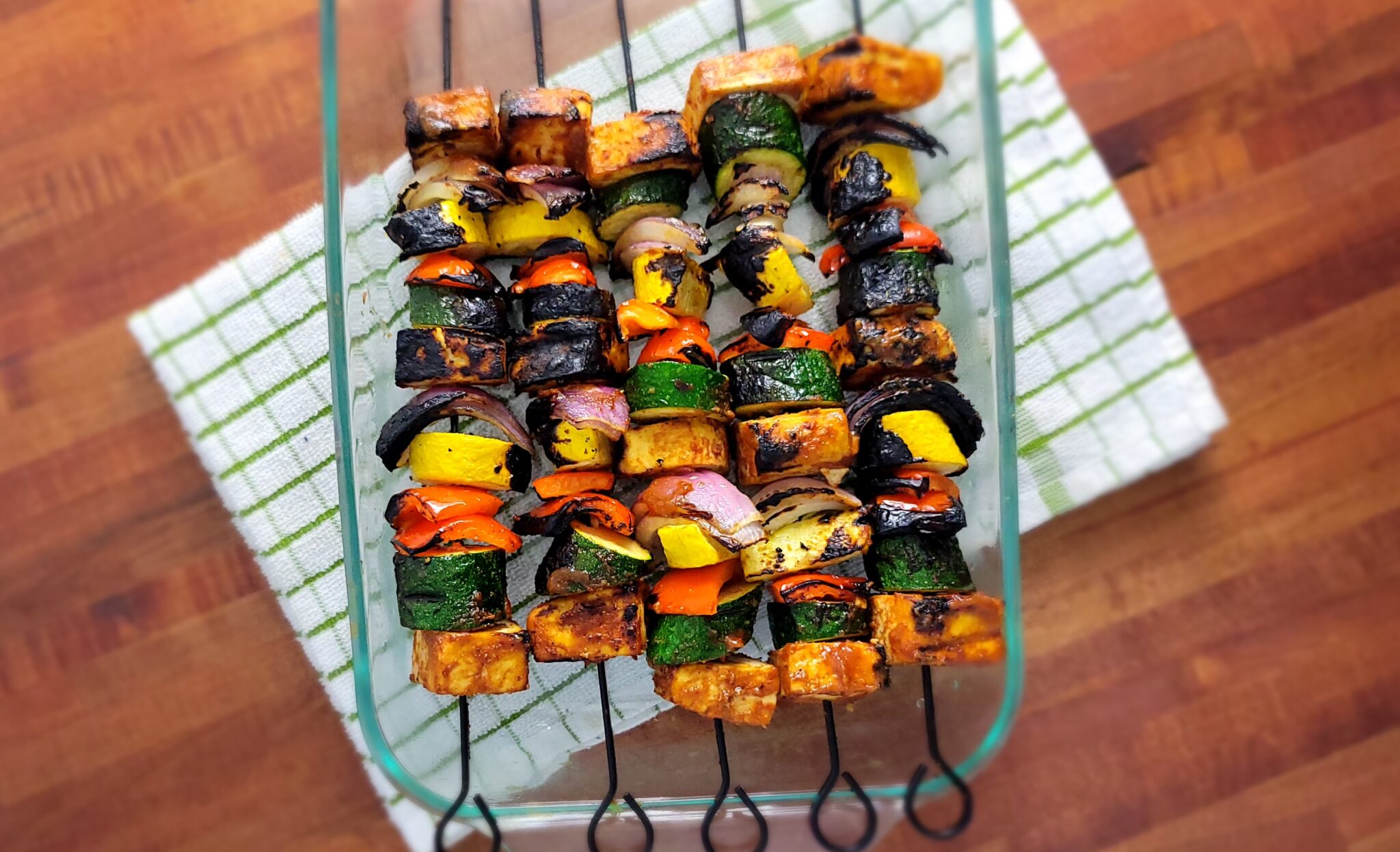What are Oxalates?
Oxalic acid or oxalates are naturally occurring organic compounds found in most edible plants. We eat many otherwise nutritious plants that are rich in beneficial vitamins and minerals (like leafy greens) but also add excess oxalates to our bloodstream. Even more, oxalates are added as these compounds are also a byproduct of your body’s digestive and eliminatory processes. Normally, your body would eliminate any excess oxalates naturally through urine and waste, however, if your kidneys are impaired they can no longer filter oxalates and serum oxalate levels increase unchecked to potentially dangerous levels.
Why Should I Be Concerned About Oxalates?
There are several reasons you should be concerned with high oxalate levels – especially if you are already experiencing reduced kidney function.
- Reduced Nutrient Absorption – Oxalates are considered an antinutrient, if levels are high they bind with nutrients in your gut (stomach and intestines) and prevent these vitamins and minerals from being absorbed and used by your body.
- Increased Risk For Kidney Stones – Excess oxalates often attract and bind with calcium and then form crystals in your urinary tract. These crystals can accumulate and form stones especially when oxalate levels are high and your urine volume is low. While not all kidney stones are caused by oxalates, roughly 80% are made up of calcium oxalate according to the New England Journal Of Medicine.
- Increased Risk For Renal Failure – According to a research study published in Current Opinion In Nephrology And Hypertension the glomerular filtration rate (kidney function) is greatly reduced in a patient with chronic kidney disease (CKD) resulting in a “striking elevation of plasma” oxalate. Eating foods high in oxalates can increase oxalate levels and cause a “dangerous increase in oxalate crystals associated with renal inflammation, fibrosis and progressive renal failure.”
What Foods Are High In Oxalates?
Most edible plants contain oxalates making it hard to avoid them, but some foods have many more oxalates than others. Unfortunately, many of the foods we consider healthy are high in oxalates. If you suffer from kidney disease or impaired renal function or you are prone to kidney stones your doctor will probably recommend that you follow a LOW OXALATE diet. Be sure to avoid these HIGH oxalate foods including:
- Spinach – Spinach contains about 750 mg of oxalate per half-cup.
- Beets – One of the vegetables highest in oxalates at about 150 mg per cup.
- Soy and Soy Products – Soybeans are also high in oxalates. Tofu may contain up to 100 mg per ounce and a cup of soy milk over 300 mg per serving.
- Almonds – One ounce of almonds contains over 120 mg of oxalates.
- Potatoes and Potato Skins – Your medium baked potato contains about 100 mg of oxalates, much of which is in the skin.
- Beans – Many legumes are high in oxalates. Navy beans are the highest with about 75 mg per one-half cup.
- Raspberries – Fruits and berries also contain oxalates, raspberries are the highest at approximately 50 mg per cup.
- Dates – Dates are high in fructose and packed with oxalates, one date contains 25 mg.
What Foods are Low in Oxalates?
Here are a variety of foods that should be included in your low oxalate diet as substitutions for the high oxalate foods listed above:
- Kale – Skip the spinach and use kale at only 2 mg of oxalates per cup.
- Cashews and Walnuts – While still slightly high, at about 30 mg per ounce, choose cashews or walnuts over almonds.
- Sunflower Seeds – One ounce of sunflower seeds contains less than 2 mg of oxalates.
- Sweet Potatoes – Use sweet potatoes (only 25 mg oxalates per cup) as a substitute for baked white potatoes.
- Broccoli – Broccoli is a very low-oxalate vegetable, only 2 mg per cup.
- Kidney Beans – Use kidney beans as a substitute for navy beans as they contain only 15 mg per half cup.
- Blueberries – Skip the raspberries and go with blueberries as they contain only about 5 mg of oxalates per cup.
- Dried Figs – Choose dried figs over dates as they contain about one-fifth (5 mg) of the date’s 25 mg content.
How Can I Reduce Oxalates and Avoid Kidney Stones?
Here are six steps to reduce or control your oxalate levels and reduce the associated risks as outline by the Cleveland Clinic Health Library:
- Follow A Low Oxalate Diet – The more high oxalate foods you eat, the more oxalates in your blood and urine. Simply eat fewer high oxalate foods and replace them with low oxalate choices as detailed above.
- Add More Calcium To Your Diet – Increasing the amount of calcium in your diet sounds counterproductive since calcium binds with oxalate crystals to form stones. However, if you consume calcium-rich foods WITH oxalate foods they bind together in your gut and are digested and eliminated as waste.
- Limit Vitamin C Intake – When vitamin C is metabolized by your body it produces oxalates as a byproduct. Too much vitamin C will lead to excess oxalates.
- Drink More Water – Drinking water throughout the day will flush excess oxalates from your system and reduce your risk for stones. If you have impaired renal function or CKD, ask your physician or nephrologist how much fluid you should drink every day. Adding lemon to your water MAY also be beneficial in reducing stone formation.
- Limit Your Protein Intake – Protein metabolism produces waste products that promote kidney stone formation. Too much protein equals a higher risk of stones.
- Reduce Your Salt Intake – A kidney stone is a hard mass of minerals and salts that form in your kidneys. Table salt and sodium above 2-3 grams per day increases your risk for stones (and high blood pressure). You should also avoid processed foods like hot dogs, deli meats, pretzels and chips, most canned foods, dry noodles and soup mixes, sauerkraut and pickles which are all high sodium foods.
Making a healthy diet and lifestyle choices can greatly reduce the impact of oxalates on your kidneys and your health. Increase your water and calcium intake, limit your sodium intake and avoid taking excess vitamin C. Boiling or steaming your vegetables may also lower their oxalate content and lower your oxalate levels.

